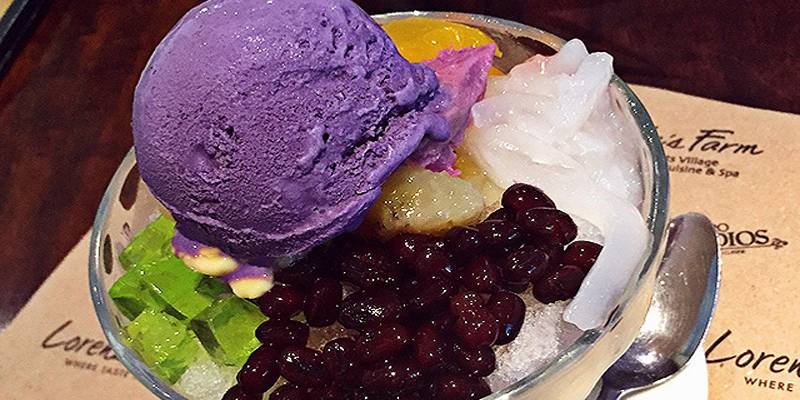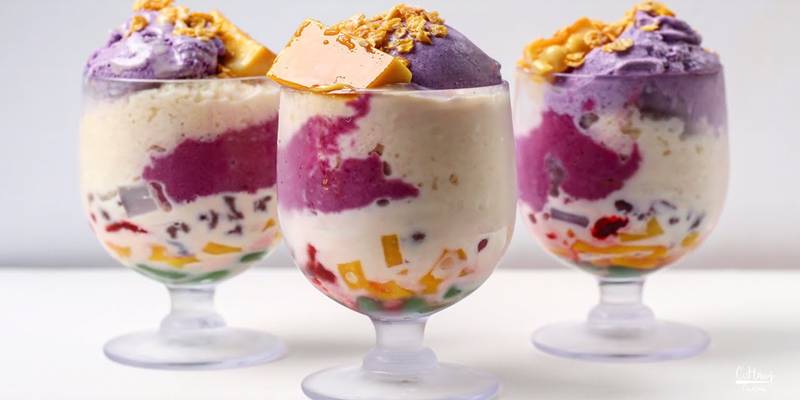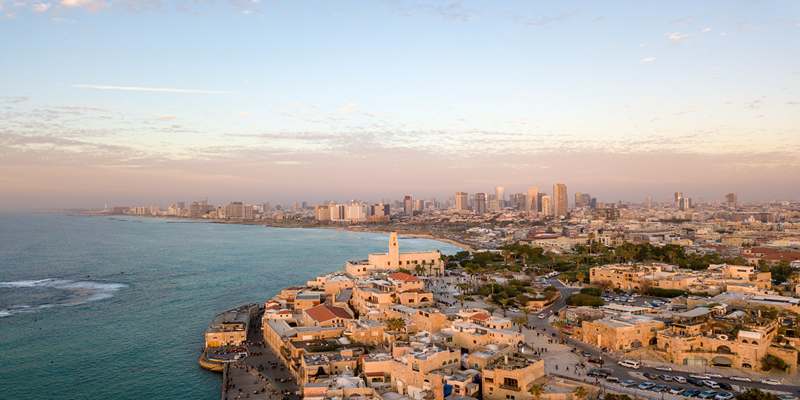Exploring 7 Must-Try Halo-Halo Versions from the Philippines
Halo-Halo is one of the most famous puddings in the Philippines. Served with a selection of tasty toppings, this colourful and cool treat is the right mix of crushed ice, sweetened fruits, sauces, and other tasty things. It's not just one dish, though; different parts of the islands add their unique twists to Halo-Halo.
Whether you're a local or a tourist visiting the Philippines, trying different versions of Halo-Halo is a fun way to experience the country's diverse food culture. This post will introduce you to 7 unique versions of Halo-Halo from different parts of the Philippines. Each region has crafted its version of this beloved dessert, adding its ingredients and flavors to make it special. Let's explore these variations!
1. Halo-Halo from Davao
Davao's natural materials give Halo-Halo a more foreign feel. Tropical fruits like durian, pomelo, and banana are used in Davao's version. Famous for its strong smell and unique flavour, durian is an important part of Davao's Halo-Halo. If you mix the unique flavour of durian with the sweet ice and other traditional ingredients, for many, the result is a strong, memorable taste.
Another notable ingredient in Davao's version is sago pearls, which add a chewy and satisfying texture to the dish. Coconut milk is also used liberally to create a creamier base that ties together all the tropical flavors.
2. Traditional Halo-Halo from Pampanga
The home of many of the Philippines’ famous dishes, Pampanga is also known for its classic Halo-Halo version. It is the one that most people are familiar with: a mix of crushed ice, sweetened banana, jackfruit, and beans, topped with leche flan, ube, and a scoop of ice cream. Pampanga’s version sticks to the basics, highlighting the balance of textures and sweetness that makes this dessert so irresistible.
A signature touch in Pampanga’s Halo-Halo is its use of caramelized sugar and milk, which makes the ice smoother and adds a richer flavor. The combination of ube and leche flan gives it a creamy and soft texture that blends well with crunchy ingredients like sago pearls and gulaman (gelatin).
3. Halo-Halo sa Baguio

Up in the cool mountain city of Baguio, the Halo-Halo is given a distinct twist. Due to the cool climate and the region’s abundance of fresh fruits, Baguio’s version often features local produce. The unique touch in Baguio’s Halo-Halo is the use of fresh strawberries, sweetened mangoes, and corn. These ingredients give the dessert a refreshing yet slightly tangy flavor, a nice contrast to the sweetness of the traditional Halo-Halo.
In Baguio, many Halo-Halo stalls also offer a variant that is topped with taho, a sweet silken tofu dessert. This version provides a smooth, rich texture and a unique taste that complements the crunchy and sweet ingredients.
4. Halo-Halo from Tagaytay
Tagaytay is famous not only for its stunning views of Taal Volcano but also for its unique take on Halo-Halo. This version has an extra emphasis on fresh fruits and creamy ingredients. What sets Tagaytay’s Halo-Halo apart is the use of kalamay (a sticky sweet rice delicacy) and cheese, which adds a salty contrast to the sweet mix.
You’ll also find macapuno (sweetened coconut sport) as one of the key ingredients in the Tagaytay version, lending a soft and chewy texture that balances the other ingredients. This version is also known for its larger portions, making it a great dessert for sharing with friends and family.
5. Halo-Halo from Iloilo
Iloilo, a province known for its rich culinary traditions, has its version of Halo-Halo that features an interesting mix of flavors. One of the standout ingredients in Iloilo’s Halo-Halo is pinipig (crushed rice), which adds a crunchy texture to the dessert. The use of sweetened saba banana and yams also gives it a more earthy flavor compared to the more fruit-heavy versions found in other regions.
Iloilo's version is also distinguished by its topping of langka (jackfruit) and nata de coco, giving the dessert a chewy and slightly tangy contrast. This version is perfect for those who want a more textured, less overly sweet Halo-Halo.
6. Halo-Halo from Batangas
Batangas, another province with its distinct version of Halo-Halo, includes ingredients that reflect the region’s love for simple yet flavorful dishes. Here, you’ll often find coconut milk, which is added to make the dessert extra creamy and flavorful. Sago pearls and sweetened beans are often used as the base, while ube halaya (purple yam) and candied fruits complete the treat.
What makes Batangas’ Halo-Halo unique is the addition of pan de sal (bread rolls), which adds a crunchy texture to the dish, along with a surprising yet delightful bread flavor. It’s a version that stands out for being both a dessert and a snack, blending the worlds of sweet and savory.
7. Halo-Halo from Cebu

Cebu’s version of Halo-Halo is as tropical and vibrant as the region itself. One of the major differences in Cebu’s Halo-Halo is the use of tropical fruits like mangoes, papayas, and pineapples, which bring a tropical burst of flavor to the dessert. These fruits are often paired with sweetened coconut, jackfruit, and sago pearls.
Cebu's Halo-Halo also often features coconut meat and macapuno, enhancing the overall richness and texture. The combination of tropical fruits and creamy toppings creates a refreshing yet decadent treat, perfect for the warm weather of Cebu.
Conclusion
Halo-Halo is a dessert that truly embodies the diversity and creativity of Filipino cuisine. From Pampanga's traditional style to the more unique versions found in regions like Davao and Baguio, each area in the Philippines adds its flair to this beloved treat. No matter where you are in the country, you’re sure to encounter a new take on Halo-Halo that delights your taste buds and offers a taste of local culture. If you're planning to visit the Philippines, don’t miss the chance to try these regional versions of Halo-Halo. It’s a sweet, refreshing, and fun way to explore the flavors of the country.












